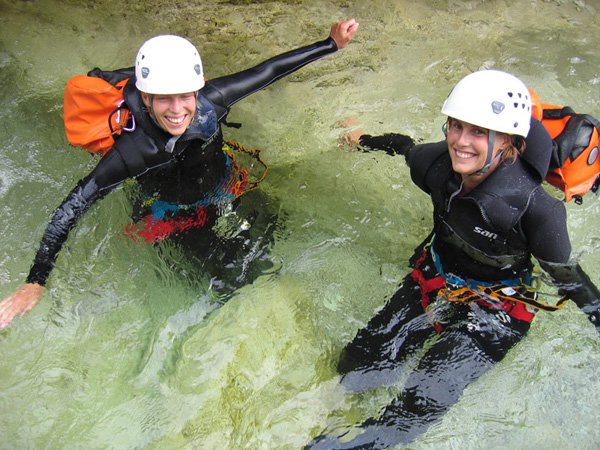The First Roller Skating Boom
Roller skating, one of America's primary mass participant sports, has traveled a long and sometimes hard road since the day two centuries ago when an anonymous Dutchman first attempted to transfer skating from ice to ground. The Netherlands ice-skating enthusiast, who could scarcely wait for the canals to freeze over each winter, nailed some large wooden spools to wood strips which he attached to his shoes, and went bumping along his merry way. Apparently his crude attempts at "ground skating" were not too successful, for nothing more was heard of a substitute for ice skating until mid-eighteenth century.
Then an ingenious Belgian mechanic and musical instrument maker, named Joseph Merlin, devised a pair of skates, which ran on small metallic wheels. In London, where he had moved to become director of several museums, he fascinated the local gentry at a Soho Square party with his skates. However, he could neither turn nor stop his forward progress on skates and dashed himself against a huge mirror at a fashionable masquerade party while skating and playing the violin. According to a contemporary account, "He impelled himself against a mirror of more than 500 pounds value (approximately $1,300 at today's exchange rate), dashed it to atoms, broke his instrument to pieces, and wounded himself most severely.
After this disastrous occurrence in 1760, roller skating disappeared from public notice until after the French Revolution. Then, as France was gripped by the reign of terror following the overthrow of the monarchy, a Parisian die maker named Vanlede invented a wheeled skate in 1790. His device, called the "patin-a-terre," or ground skate, became known in Germany, but roller skating again disappeared from public attention until its reappearance on a Berlin ballet stage in 1818. The following year, roller skates were used on the streets of Paris, and several varieties of wheels attached to boots and shoes were invented and used in various entertainments and exhibitions. None of these, however, caught the public fancy. The two to four rollers on these devices did not permit the user to travel in anything but a straight line.
Strangely enough, roller skating enjoyed the greatest public acclaim since its inception nearly a century before, in 1849, at the Paris Opera House. Almost overnight, roller skating slid into a starring role in a famous opera and a ballet, both of which were sensational successes - artistically and financially. The opera, which gave roller skating its greatest dignity and catapulted it into international fancy as a pastime, was Meyerbeer's "Le Prophete" (The Prophet), with its third-act ice-skating scene.
In those days, synthetic ice was unknown and real ice could not be successfully transferred indoors and kept fit for skating. A Paris machinist solved the problem of simulating ice skating on a wooden stage floor by developing a fairly practical skate running on iron wheels. For male members of the cast, he made a skate with two wheels in a straight line. Female members wore skates with four wheels each, not in a straight line but coupled front and rear for a broad-bearing surface. Shortly after the opera's successful premiere, "prophete skates" became the rage of Paris and were widely used on the asphalt streets and marble or parquet floors.
The success of the opera and of skating spread quickly to London. Similar success followed the Paris premiere of an entire ballet devoted to skating. After spreading through Europe, roller skating made its debut in the United States where it continues to be an enjoyable pastime.
The Effect Of The Rsroa On Roller Skating
All About Aggressive Inline Skating


